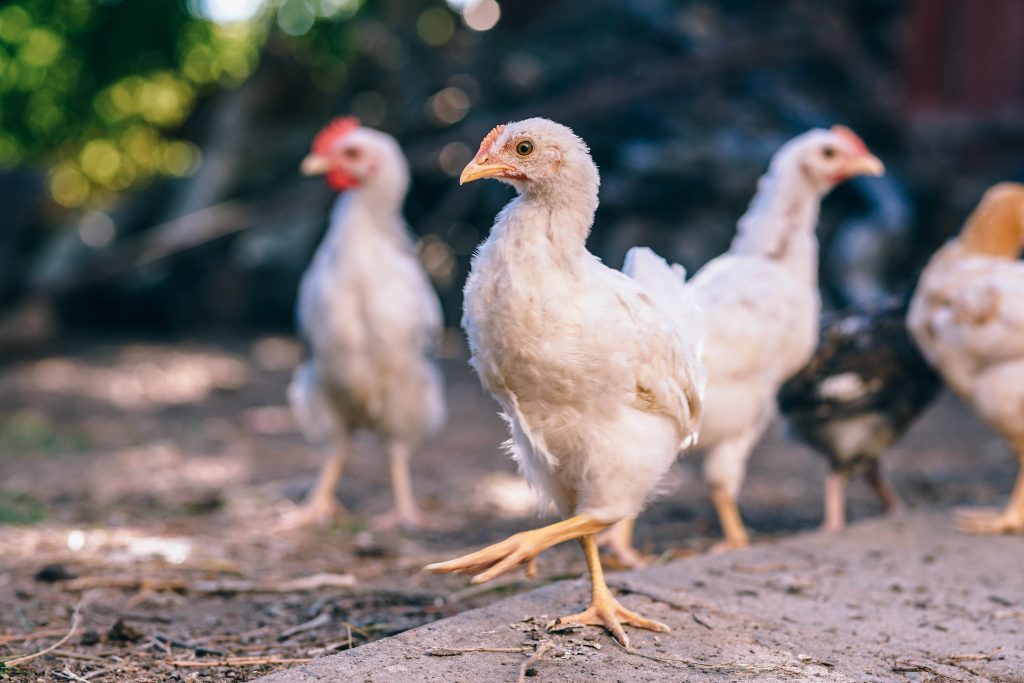
Nutritional strategies to target heat stress
By All About Feed
Features Nutrition and Feed Research Animal Welfare Livestock Research Nutrition Poultry Research Transportation Photo by Igor Ovsyannykov on Unsplash
Photo by Igor Ovsyannykov on UnsplashChickens perform best when the barn has a certain temperature range. When temperatures get higher, the birds can experience heat stress, thus leading to fewer eggs or compromised growth. Luckily, there are some nutritional strategies a farmer can implement.
The damaging effects of heat stress on broilers and laying hens are reduced growth rates, decreased egg production and poor meat and egg quality. The burden exerted on the profitability of poultry farming will grow worldwide in the future as genetic selection for fast growth increases sensitivity to heat stress.
In addition, poultry markets of warm regions are forecasted to grow in the following decades. Strategies to alleviate the detrimental effects of heat stress on the productivity of poultry are, therefore, sound and should be based on several complementary approaches. Such approaches include housing conditions, management practices and nutritional strategies. This review focuses on the latter. | For the full story, CLICK HERE.
Print this page